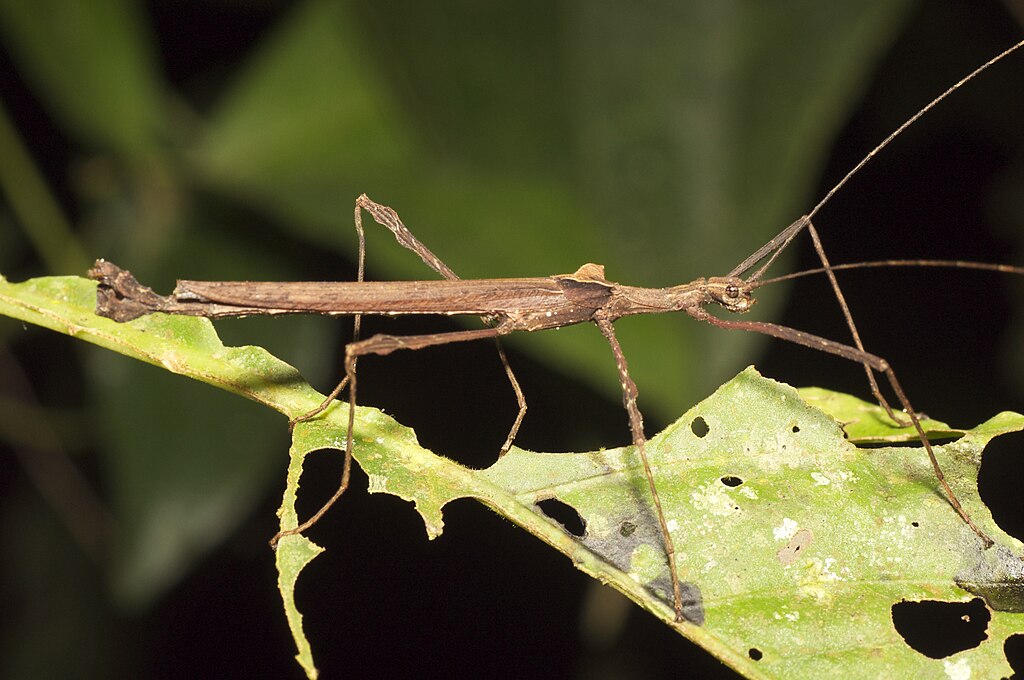Picture this: you’re hiking through the dense forests of the Ozark Mountains, and you lean against what you think is a dead branch. Suddenly, that “branch” starts walking away. Your mind races as you realize you’ve just encountered one of nature’s most incredible magicians – the Ozark walkingstick. This remarkable creature has perfected the art of disappearing in plain sight, turning camouflage into an evolutionary masterpiece that would make any special effects artist jealous.
The Master of Disguise Hidden in Plain Sight
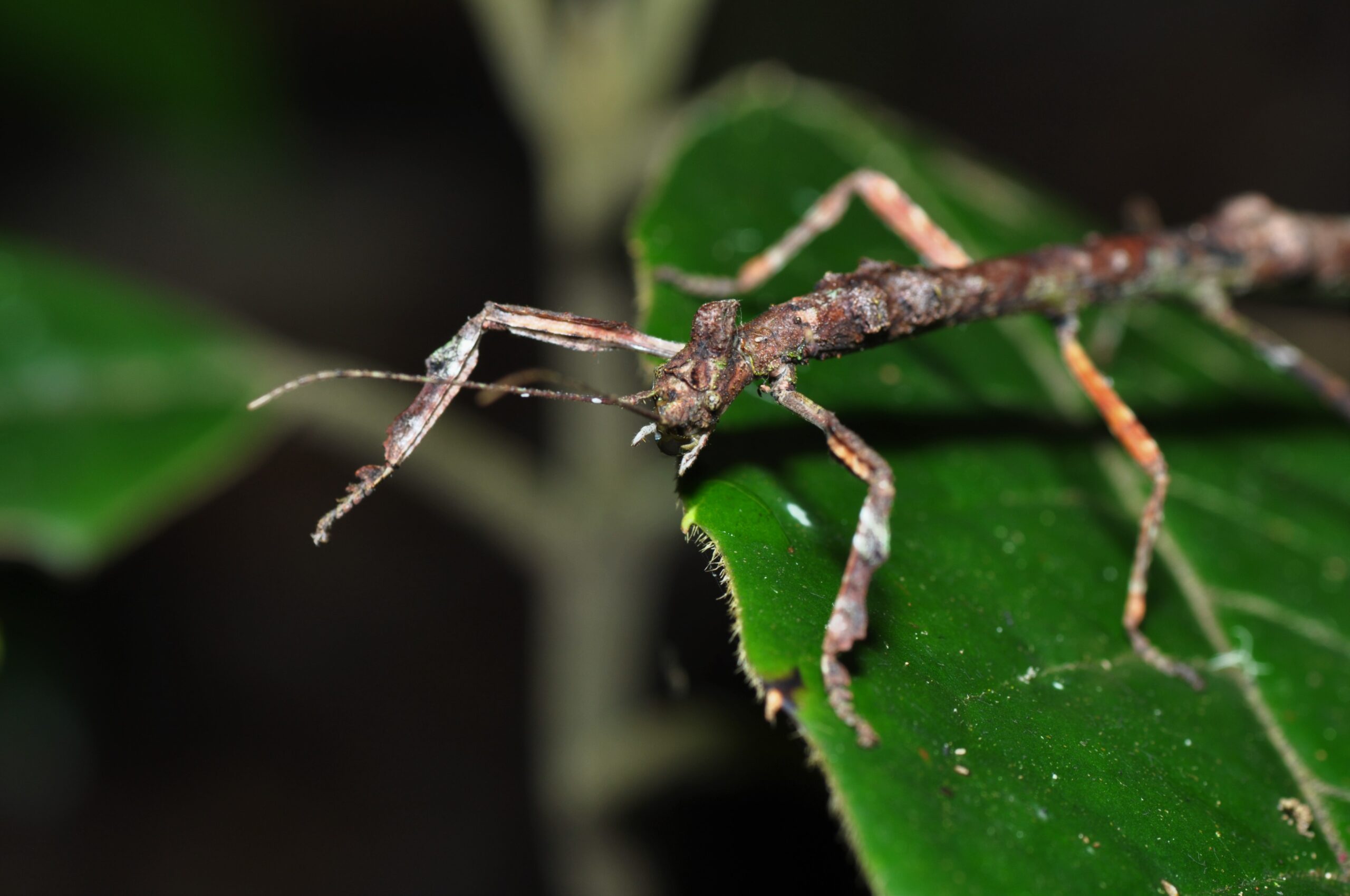
The walkingstick insects of the Ozarks represent one of nature’s most stunning examples of mimicry. These incredible creatures have evolved to look exactly like the twigs and branches they call home. Their bodies stretch long and thin, complete with bark-like textures and even fake leaf scars that match the trees around them. What makes them even more amazing is their ability to sway gently in the breeze, just like real branches would. They’ve literally become living extensions of the forest itself. When you spot one – if you’re lucky enough to – it’s like discovering a secret that nature has been keeping for millions of years.
Size Matters: The Giants Among Sticks
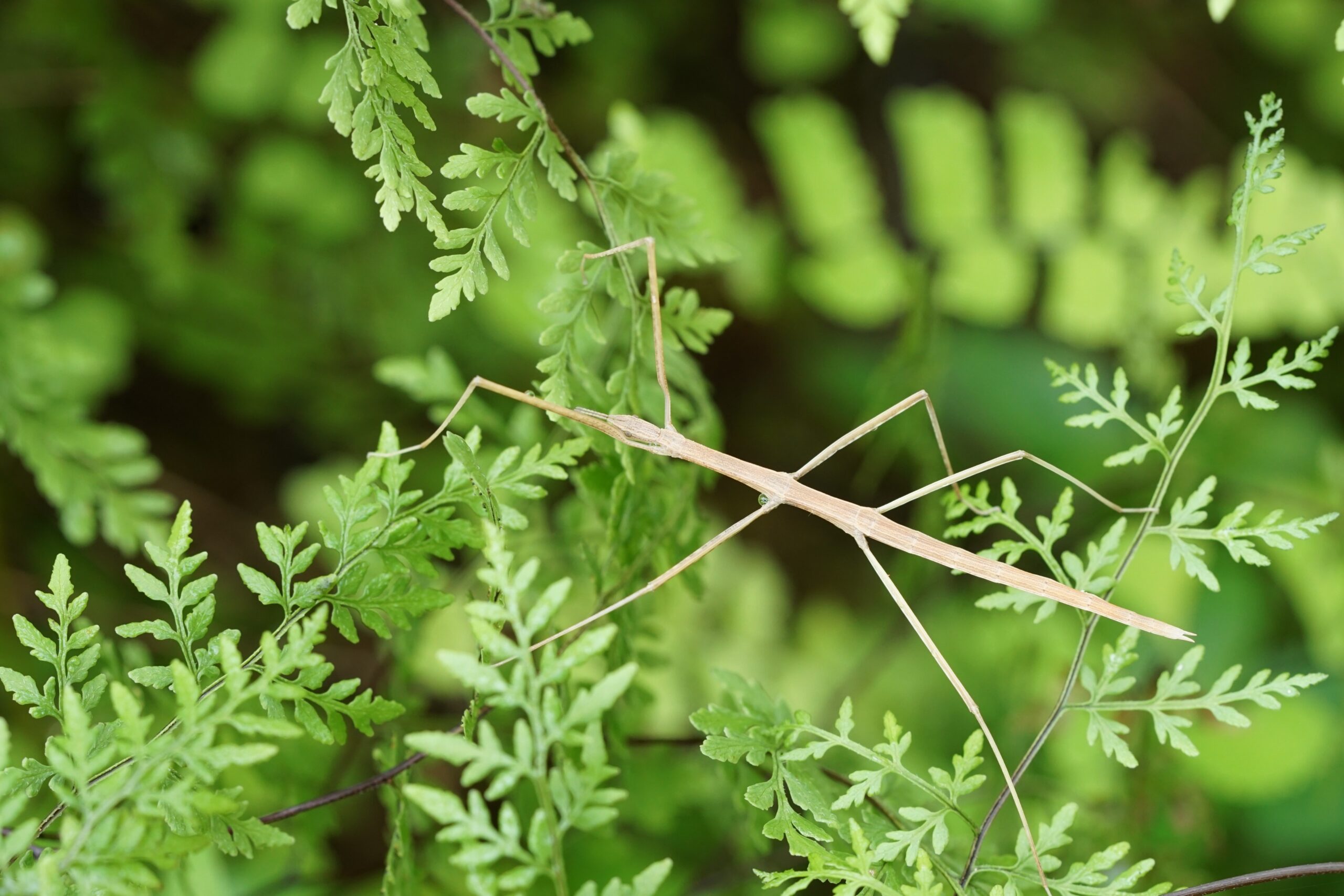
Don’t expect these creatures to be tiny. Some Ozark walkingsticks can grow up to six inches long, making them quite the spectacle when you finally notice them. The females are typically larger than males, which is common among many insect species. Their impressive size actually helps with their disguise rather than hindering it. Larger branches and twigs are common in the Ozark forests, so these insects blend right in with the natural debris. It’s like they’ve chosen the perfect costume for their environment. Their legs alone can span several more inches, giving them an overall presence that’s both impressive and eerily branch-like. When they extend their legs at just the right angles, they become virtually indistinguishable from the real thing.
The Science Behind Their Incredible Camouflage
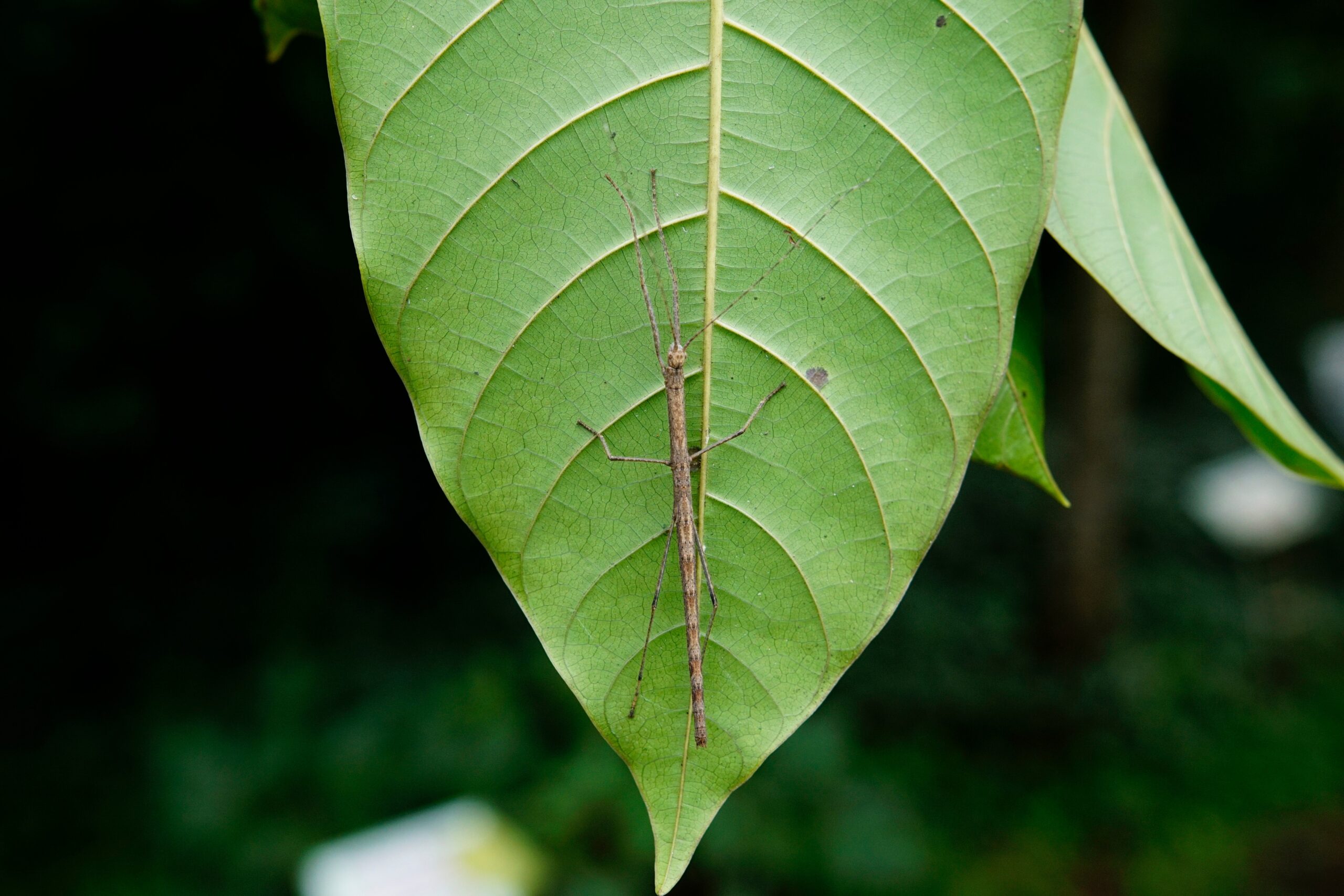
The walkingstick’s camouflage isn’t just about looking like a stick – it’s a complex biological system that involves multiple sensory deceptions. Their coloration matches the exact brown and gray tones of dead wood found in the Ozarks. Some even have subtle variations that mimic the natural color changes you’d see on weathered branches. Their body texture is equally impressive, featuring raised areas and indentations that perfectly replicate bark patterns. Scientists have discovered that these insects can even adjust their posture based on the type of vegetation they’re resting on. They’re essentially method actors of the insect world. The really fascinating part is how their nervous system coordinates this entire performance. Their ability to remain motionless for hours while maintaining the perfect branch-like pose requires incredible muscular control and patience.
Daily Life of an Invisible Insect
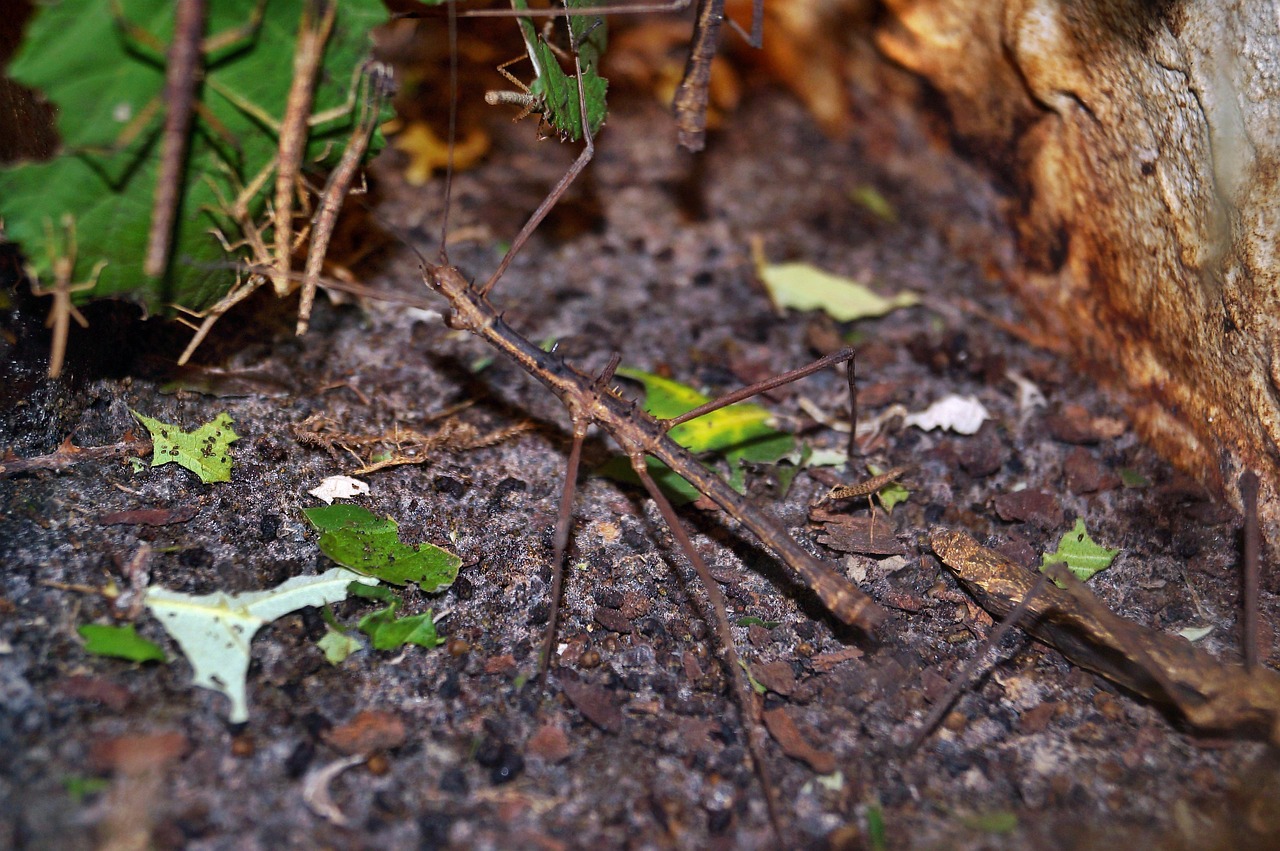
Living as a walking stick means mastering the art of slow motion. These insects move so gradually that the human eye often can’t detect their movement. They typically feed at night when they’re less likely to be spotted by predators, munching on leaves with methodical precision. During the day, they assume their branch positions and basically become part of the furniture. They’ve perfected the ultimate work-from-home lifestyle – except their home is literally the forest canopy. Their feeding habits are surprisingly gentle too; they rarely cause significant damage to their host plants. What’s particularly interesting is how they choose their resting spots. They seem to have an innate understanding of which branches and positions will provide the best camouflage for their specific body size and coloration.
Reproduction: Creating the Next Generation of Mimics
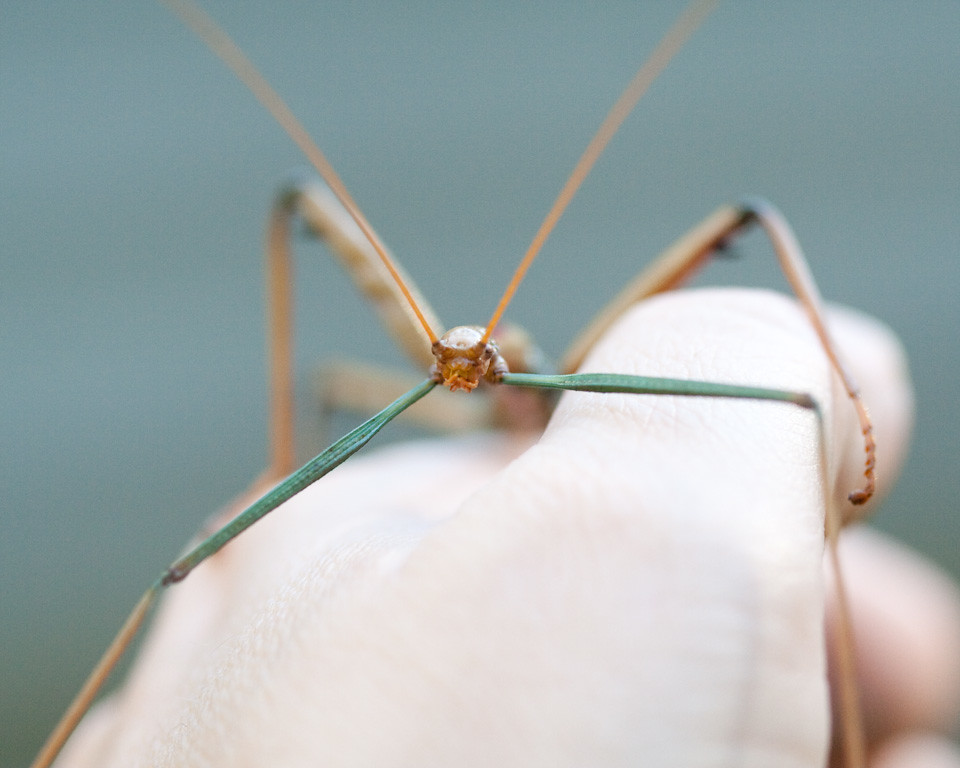
The mating rituals of walkingsticks are as subtle as everything else about them. Males must find females while both are maintaining their disguises, which creates some interesting challenges. They use chemical signals and gentle vibrations to communicate without breaking character. Female walkingsticks have a particularly clever approach to egg-laying. They simply drop their eggs from the trees, letting them fall to the forest floor where they blend in with seeds and debris. The eggs themselves look like tiny seeds, continuing the family tradition of excellent camouflage. The nymphs that hatch from these eggs are miniature versions of their parents, already equipped with basic camouflage abilities. They molt several times as they grow, each stage bringing them closer to adult-level invisibility skills.
Predators and the Constant Game of Hide and Seek
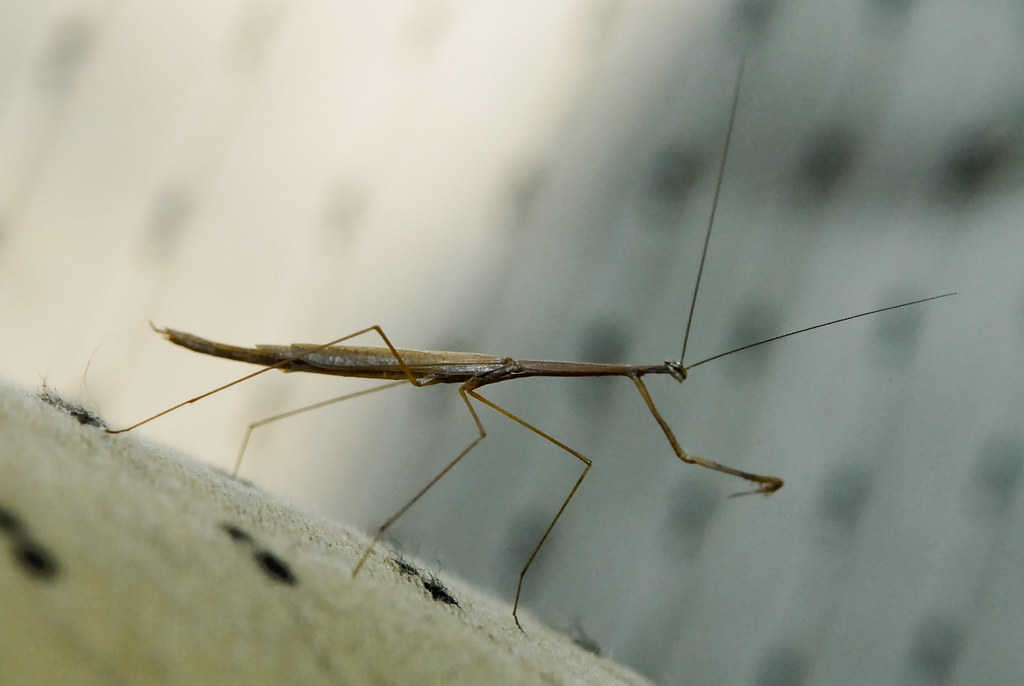
Despite their incredible disguises, walkingsticks still face threats from sharp-eyed predators. Birds are their biggest concern, particularly species that have learned to recognize the subtle signs that distinguish insects from real twigs. Some birds have even developed techniques for testing suspicious-looking branches. Spiders also pose a significant threat, especially those that hunt on tree bark and branches. Unlike birds, spiders rely more on vibration and movement detection, which can sometimes penetrate the walkingstick’s careful disguise. When discovered, walkingsticks have a few backup strategies beyond their primary camouflage. Their most dramatic defense mechanism is autotomy – the ability to voluntarily shed limbs when grabbed by a predator. It’s like having a built-in escape plan where losing a leg is better than losing your life.
The Ozark Environment: Perfect Stage for Their Performance
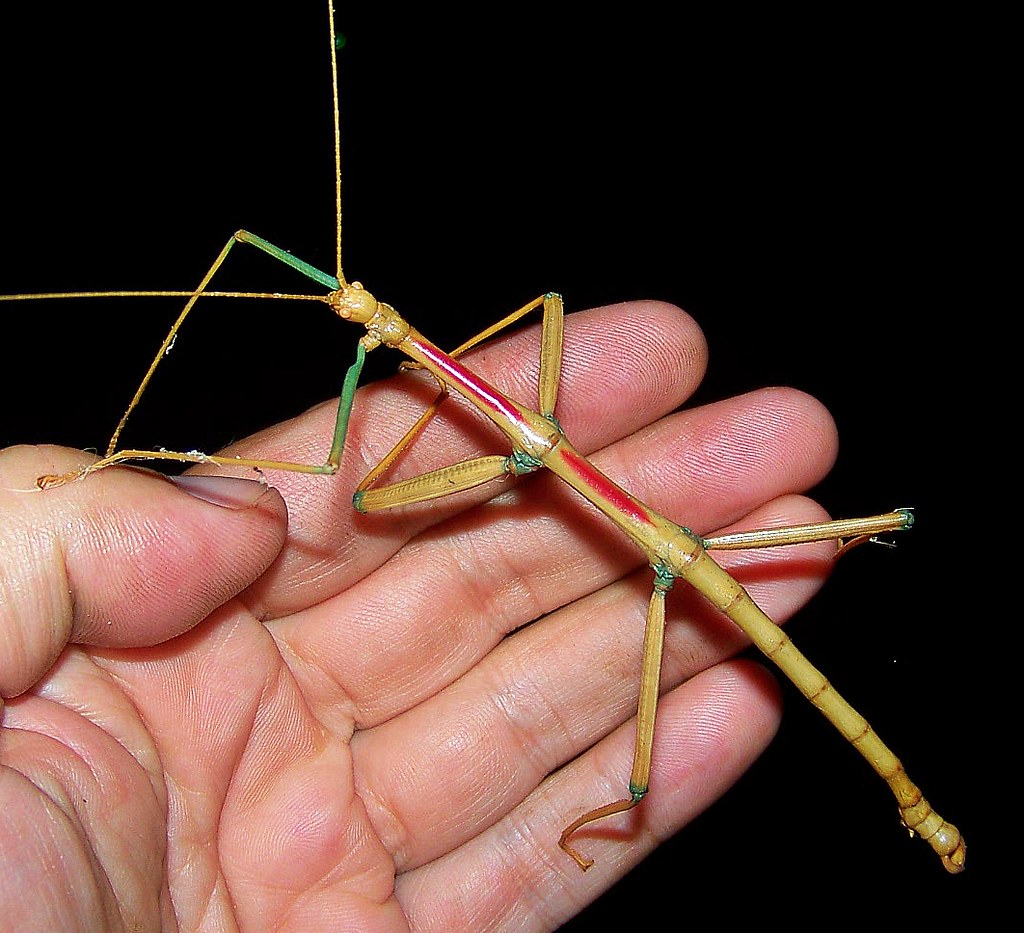
The Ozark Mountains provide an ideal habitat for these master mimics. The region’s diverse tree species create a complex backdrop of different bark textures, branch sizes, and seasonal changes that walkingsticks can exploit. The area’s moderate climate allows for extended active periods throughout the growing season. The forest density in many Ozark areas creates perfect lighting conditions for their camouflage to work most effectively. Dappled sunlight filtering through leaves creates natural shadows and light patterns that help break up the insects’ outlines. It’s like nature designed a perfect theater for their performance. Weather patterns in the Ozarks also play a crucial role in their lifestyle. The region’s humidity levels help maintain the insects’ flexibility and prevent them from becoming too rigid during their long motionless periods.
Seasonal Changes and Adaptive Strategies
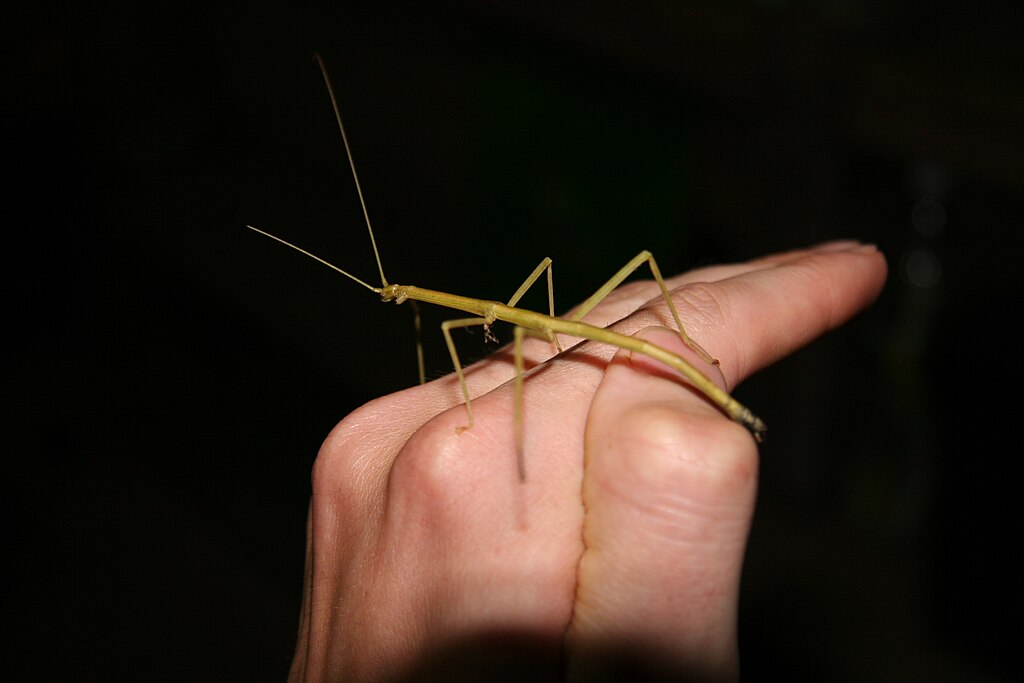
As seasons change in the Ozarks, walkingsticks face new challenges in maintaining their disguises. During autumn, when leaves change colors and fall, they must adapt their behavior to match the new environment. Some species actually change their preferred resting positions to better blend with the altered landscape. Winter presents the ultimate test of their survival skills. While many become less active during colder months, they must still maintain their branch-like appearance even when snow occasionally dusts their bodies. Their ability to remain motionless becomes even more critical during these harsh conditions. Spring brings renewed activity as they emerge from their winter refuges and begin the cycle anew. The timing of their emergence often coincides perfectly with the budding of new leaves, providing fresh camouflage opportunities.
Conservation Status and Environmental Pressures
Like many forest-dwelling species, Ozark walkingsticks face increasing pressure from habitat loss and environmental changes. Deforestation and urban development reduce the available forest space where these specialists can thrive. Their highly specialized lifestyle makes them particularly vulnerable to habitat disruption. Climate change also poses challenges as shifting temperature and precipitation patterns affect the forest ecosystems they depend on. Changes in tree species composition or forest health can disrupt the careful balance these insects have evolved to exploit. Pesticide use in surrounding agricultural areas can also impact their populations through environmental drift. Conservation efforts in the Ozarks increasingly recognize the importance of preserving not just large charismatic species, but also the incredible diversity of specialized insects like walkingsticks. Their presence often indicates healthy, intact forest ecosystems.
Research and Scientific Discoveries
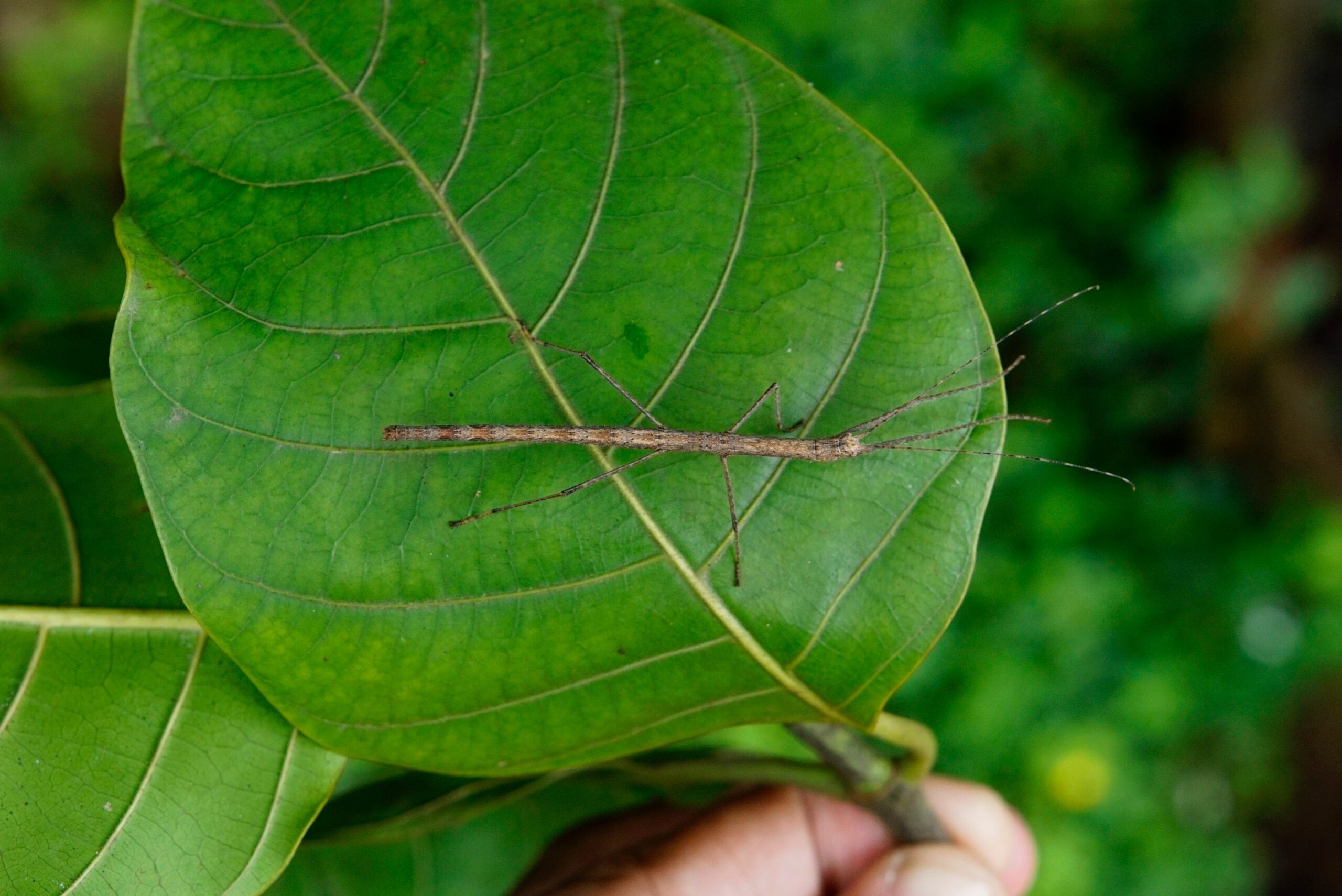
Scientists studying Ozark walkingsticks continue to make fascinating discoveries about their biology and behavior. Recent research has revealed that their camouflage abilities are even more sophisticated than previously thought, involving multiple sensory systems working in coordination. Advanced imaging techniques have shown details of their disguise that weren’t visible to earlier researchers. Genetic studies are uncovering the evolutionary history of these remarkable insects, revealing how their camouflage abilities developed over millions of years. Some research suggests that different populations have evolved slightly different camouflage strategies based on their specific local environments. Behavioral studies using time-lapse photography have captured the subtle movements and positioning strategies that make their disguises so effective. This research is helping scientists understand how complex behaviors can evolve to support survival strategies.
The Role of Citizen Science in Discovery
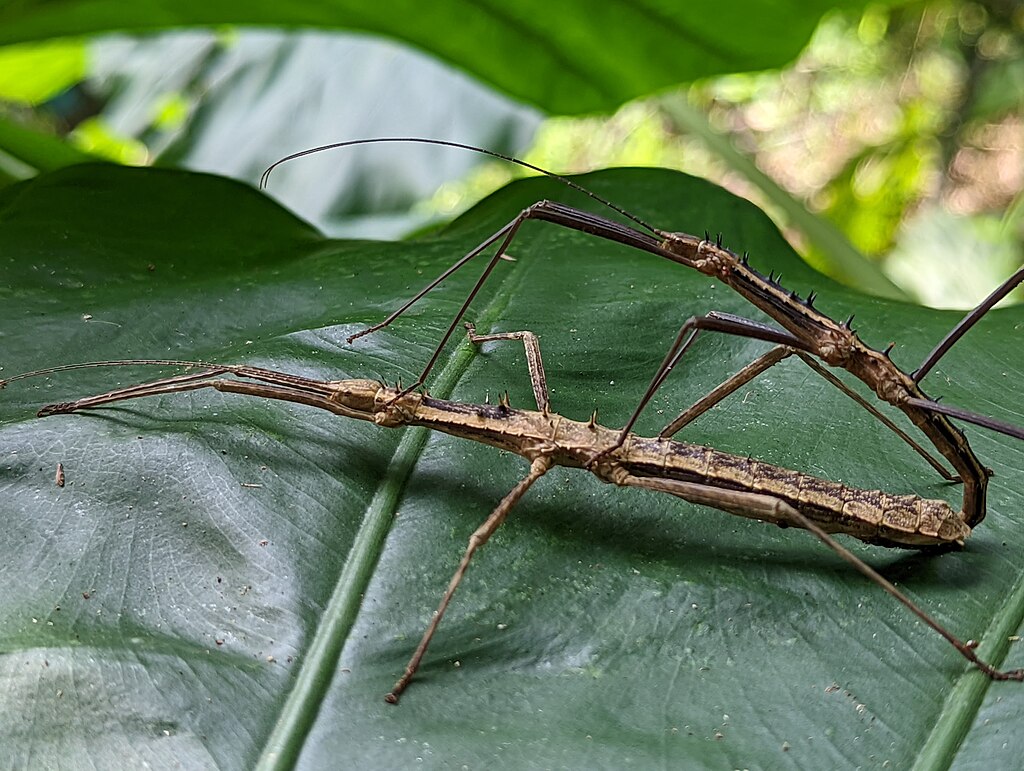
Ordinary nature enthusiasts play a crucial role in advancing our understanding of walkingstick populations and distribution. Citizen science projects encourage hikers and nature lovers to report sightings, contributing valuable data about these elusive creatures. Photography submitted by amateur naturalists has helped scientists document color variations and behavioral patterns. Social media has become an unexpected tool for walkingstick research, as people share photos of their encounters with these remarkable insects. These casual observations often reveal information about population densities and habitat preferences across different areas of the Ozarks. Educational programs that teach people how to spot walkingsticks are creating a network of informed observers throughout the region. The more people know what to look for, the better scientists can understand these cryptic creatures.
Photography and Documentation Challenges
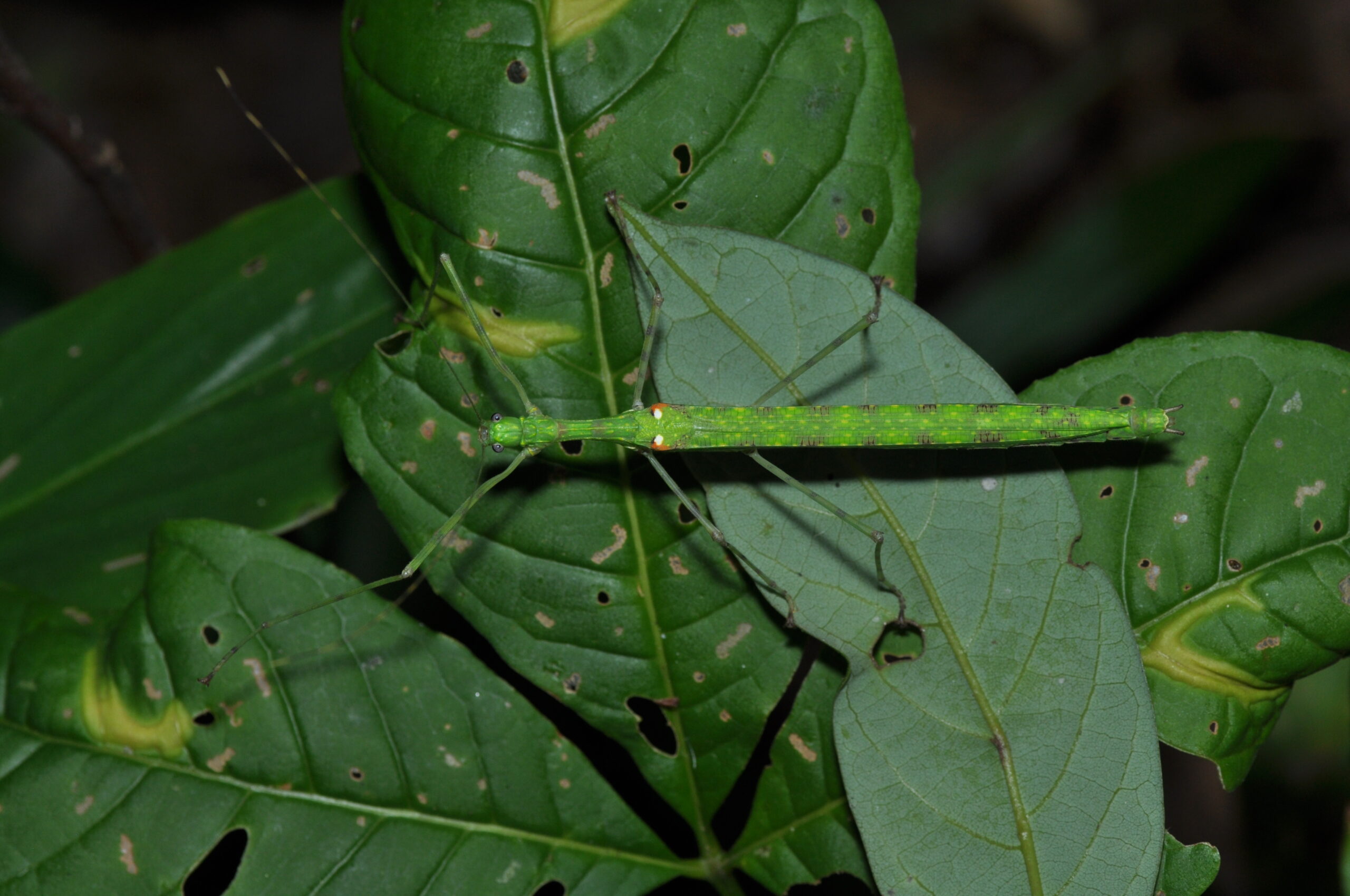
Capturing good photographs of walkingsticks presents unique challenges that test even experienced nature photographers. Their incredible camouflage makes them difficult to spot initially, and once found, photographing them without disturbing their natural behavior requires patience and skill. The best photos often come from chance encounters rather than deliberate searching. Lighting conditions play a crucial role in walkingstick photography. The same dappled forest light that helps their camouflage can make photography technically challenging. Many photographers have learned to work with these conditions rather than fighting them, creating images that showcase both the insect and its remarkable habitat integration. Documentation efforts have revealed interesting patterns in walkingstick behavior and distribution that might otherwise go unnoticed. Time-stamped photos help researchers understand seasonal activity patterns and preferred microhabitats within the broader Ozark ecosystem.
The Future of Walkingstick Research
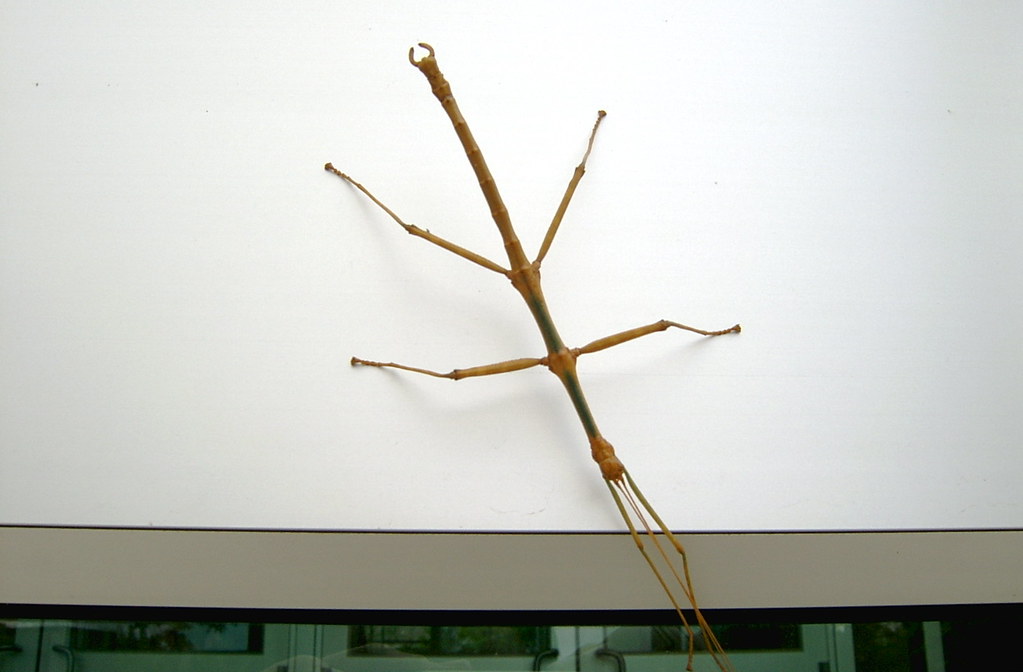
Advancing technology is opening new possibilities for studying these elusive insects without disturbing their natural behaviors. Miniature sensors and remote monitoring equipment may soon allow researchers to track individual walkingsticks throughout their life cycles. Artificial intelligence is being developed to help identify walkingsticks in photographs, potentially revolutionizing population surveys. Genetic analysis techniques continue to improve, promising new insights into walkingstick evolution and population genetics. These studies may reveal how different populations adapt to specific local conditions and how gene flow occurs between isolated forest patches. Climate modeling research is attempting to predict how changing environmental conditions might affect walkingstick populations in the future. This work is essential for developing effective conservation strategies as forests face increasing environmental pressures.
Conclusion: Masters of an Ancient Art
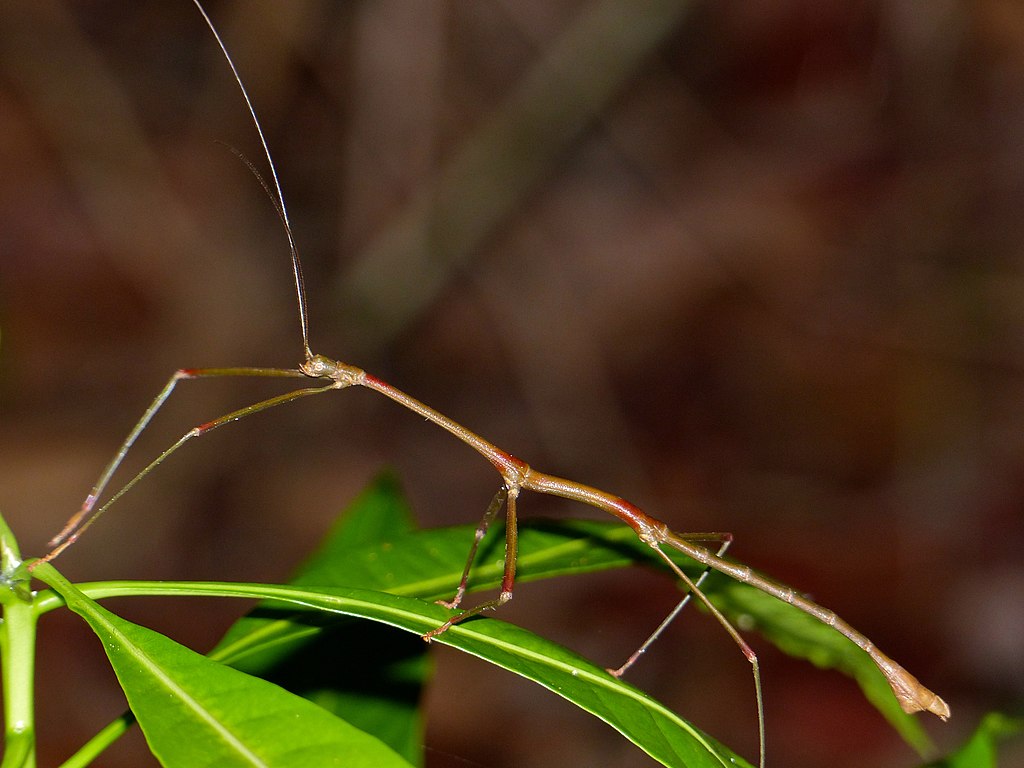
The walkingsticks of the Ozarks represent one of evolution’s most elegant solutions to the challenge of survival. Their mastery of disguise goes far beyond simple camouflage – it’s a complete lifestyle built around the art of invisibility. These remarkable insects remind us that nature’s most incredible performers are often hiding in plain sight, waiting for observant eyes to discover their secrets. Their story is also a reminder of how much we still don’t know about the natural world around us. Every forest holds countless specialists like the walkingstick, each perfectly adapted to their specific niche in ways that continue to amaze scientists and nature lovers alike. As we face environmental challenges that threaten these specialized creatures, their incredible adaptations become even more precious. The next time you’re walking through an Ozark forest, take a moment to really look at the branches around you. You might be surprised by what’s looking back – or more accurately, what’s doing its absolute best to make sure you never notice it at all. Isn’t it remarkable how nature’s greatest magicians perform their tricks right under our noses?

